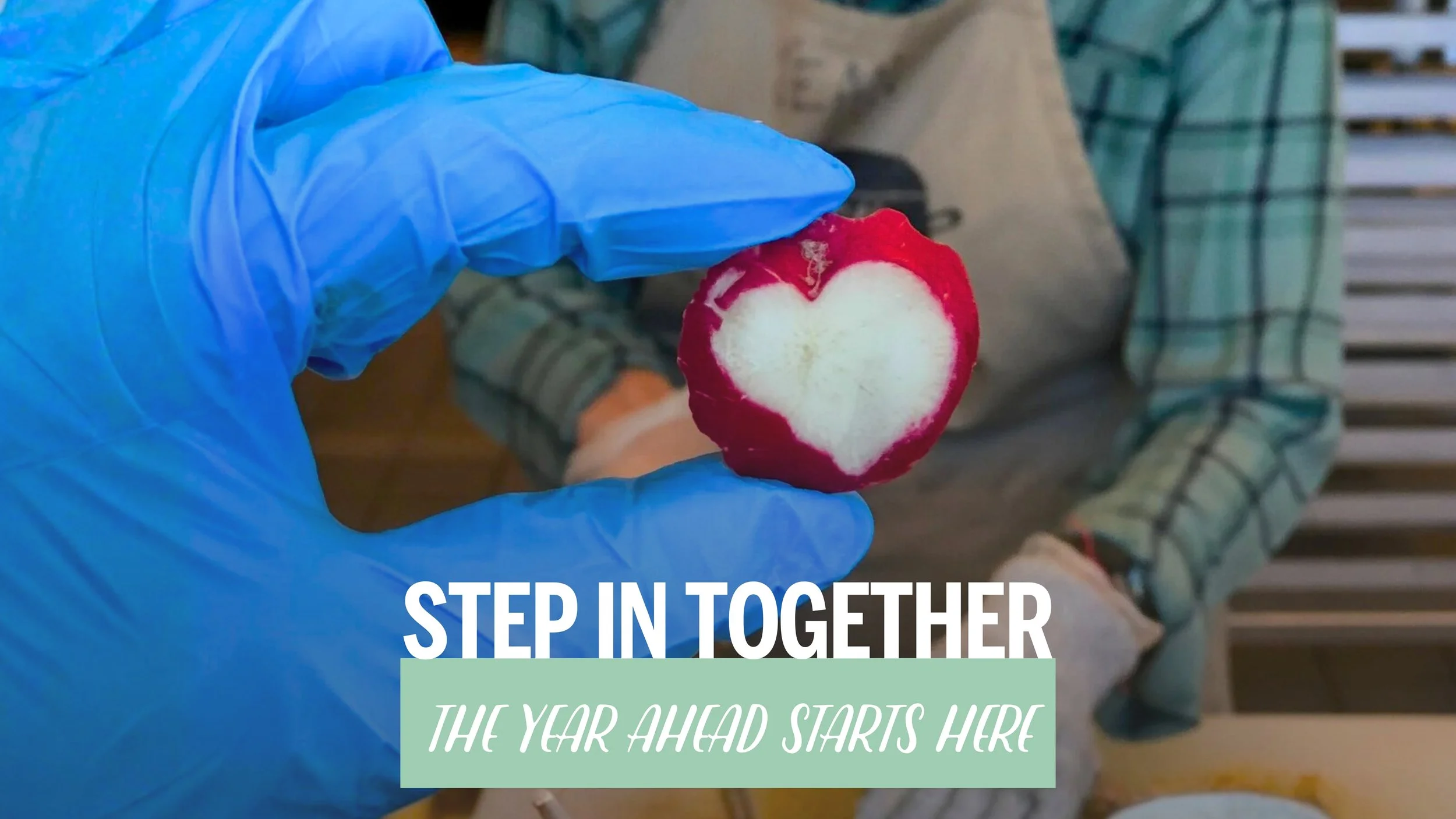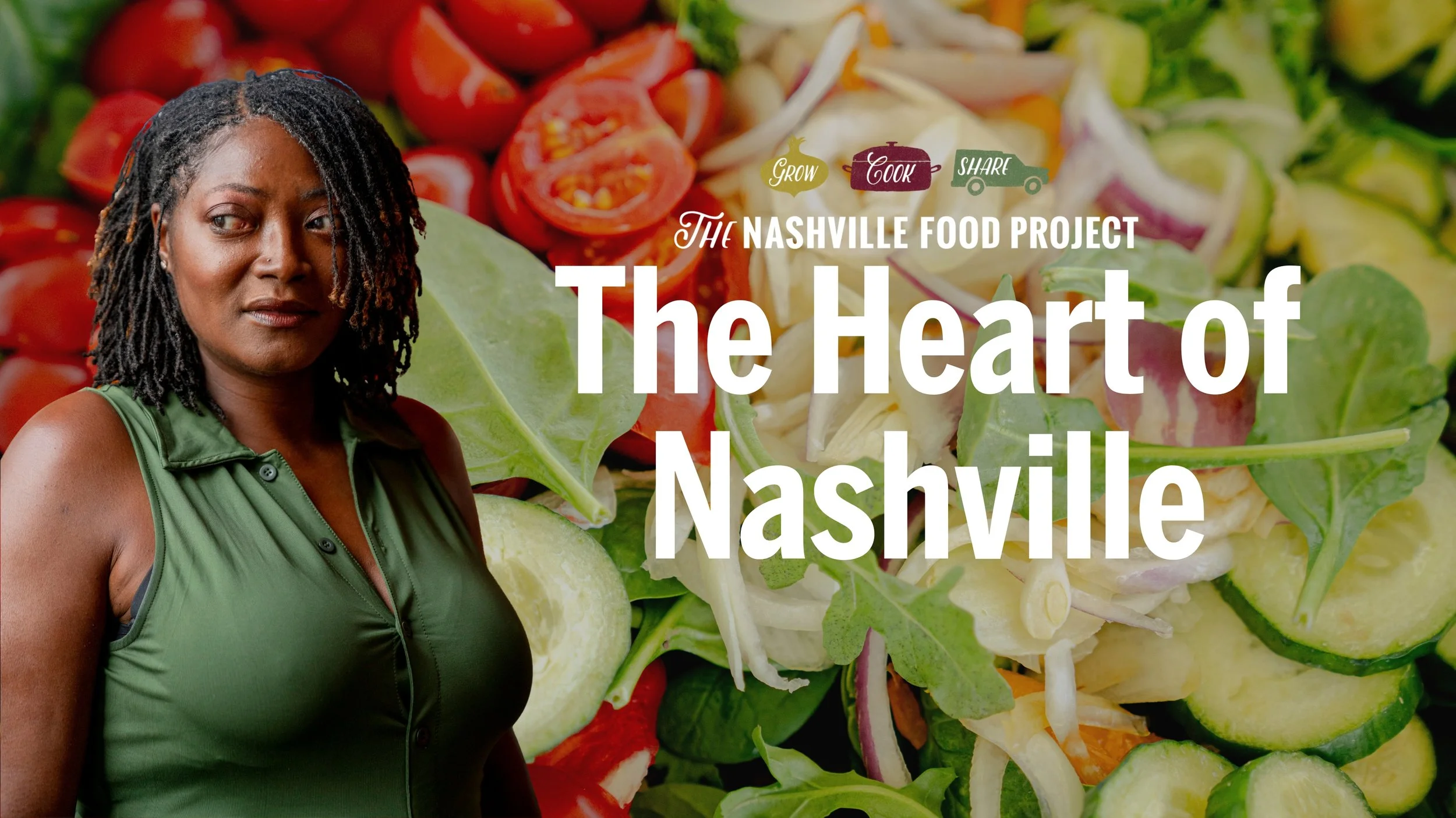Care shows up where people pay attention.
In North Nashville, the ordinary work of getting through the day often carries extra weight. A walk to the bus stop. A trip to the grocery store. A short stretch of sidewalk. Broken pavement, missing curb ramps, and poorly maintained bus stops shape how neighbors move and whether food, services, and community spaces are truly within reach.
For the people who live here, none of this is a surprise. Neighbors know where the gaps are. They know what is broken. They know which places feel safe and which do not. What is often missing is a way for that knowledge to be seen, recorded, and taken seriously when decisions are made about transportation, safety, and access.
This is where community mapping matters.
On Saturday, February 7, we will gather volunteers in North Nashville to serve as Community Mappers. Together, we will walk through ZIP code 37208, documenting sidewalk conditions, bus stop safety, and walkability. This work helps ensure that conversations about food access and transportation begin with lived experience rather than assumption.
Community mapping is a form of care. It is an act of attention. By walking alongside neighbors and recording what is already known on the ground, we help make visible the conditions that shape daily life. The information gathered will become resident verified data that can support advocacy with WeGo Public Transit and Metro Nashville, strengthening efforts to improve sidewalk safety, transit access, and food justice.
Reliable meals depend on reliable pathways. For seniors, families, and neighbors who rely on public transportation, safety and accessibility are part of nourishment itself. Food access cannot be separated from the systems that determine how people move through their community.
No technical experience is required. Volunteers are asked to wear comfortable walking shoes, dress for the weather, and be prepared to spend most of the time outdoors. The work is simple. Its impact lasts.
As we focus this month on Building a Caring Community, this event reflects what care looks like in practice. Showing up. Paying attention. Standing with neighbors. Doing the quiet work that makes shared life more possible.
If you are interested in becoming a Community Mapper and helping build safer, more accessible pathways in North Nashville, we invite you to join us.
Community Mapping Event
Saturday, February 7, 2026
12:00 to 3:00 PM CST
Starting at The Nashville Food Project: 5904 California Avenue, Nashville, TN 37209, US
Together, we can help ensure that care extends beyond the plate and into the pathways that shape daily life.









